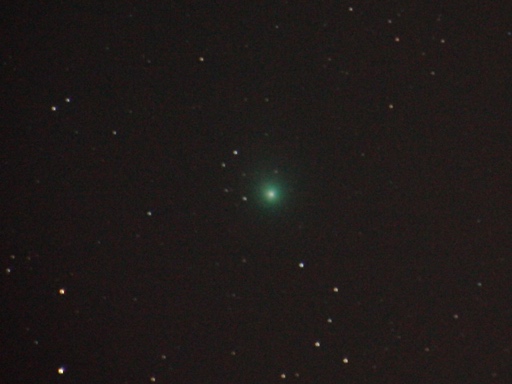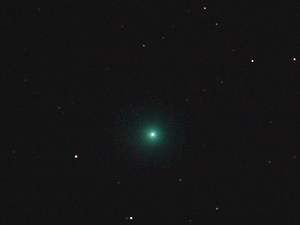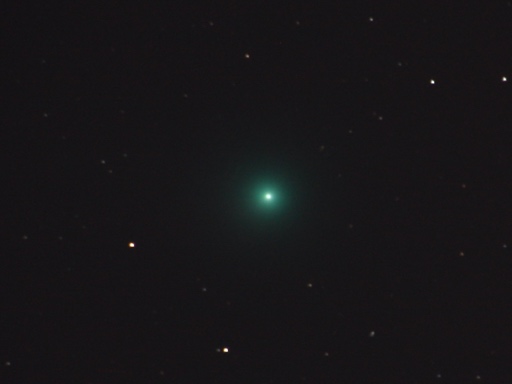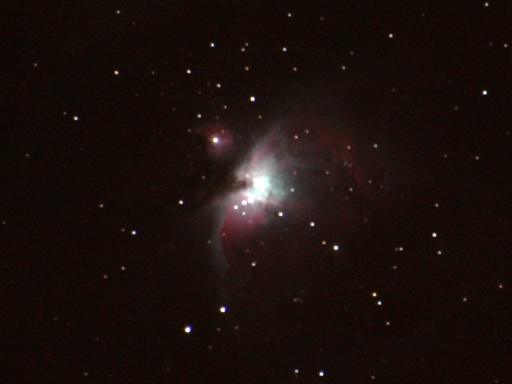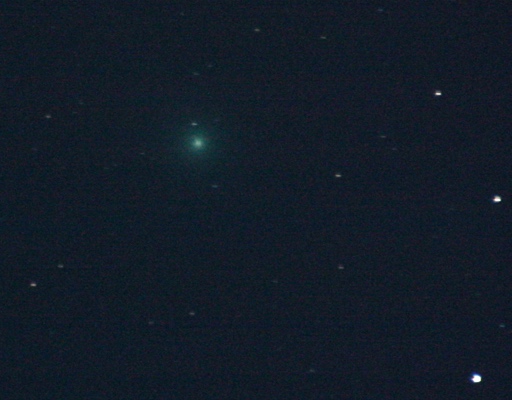C/2023 A3 (Tsuchinshan-Atlas) comet on iPhone 16 Pro
Posted by Wesley on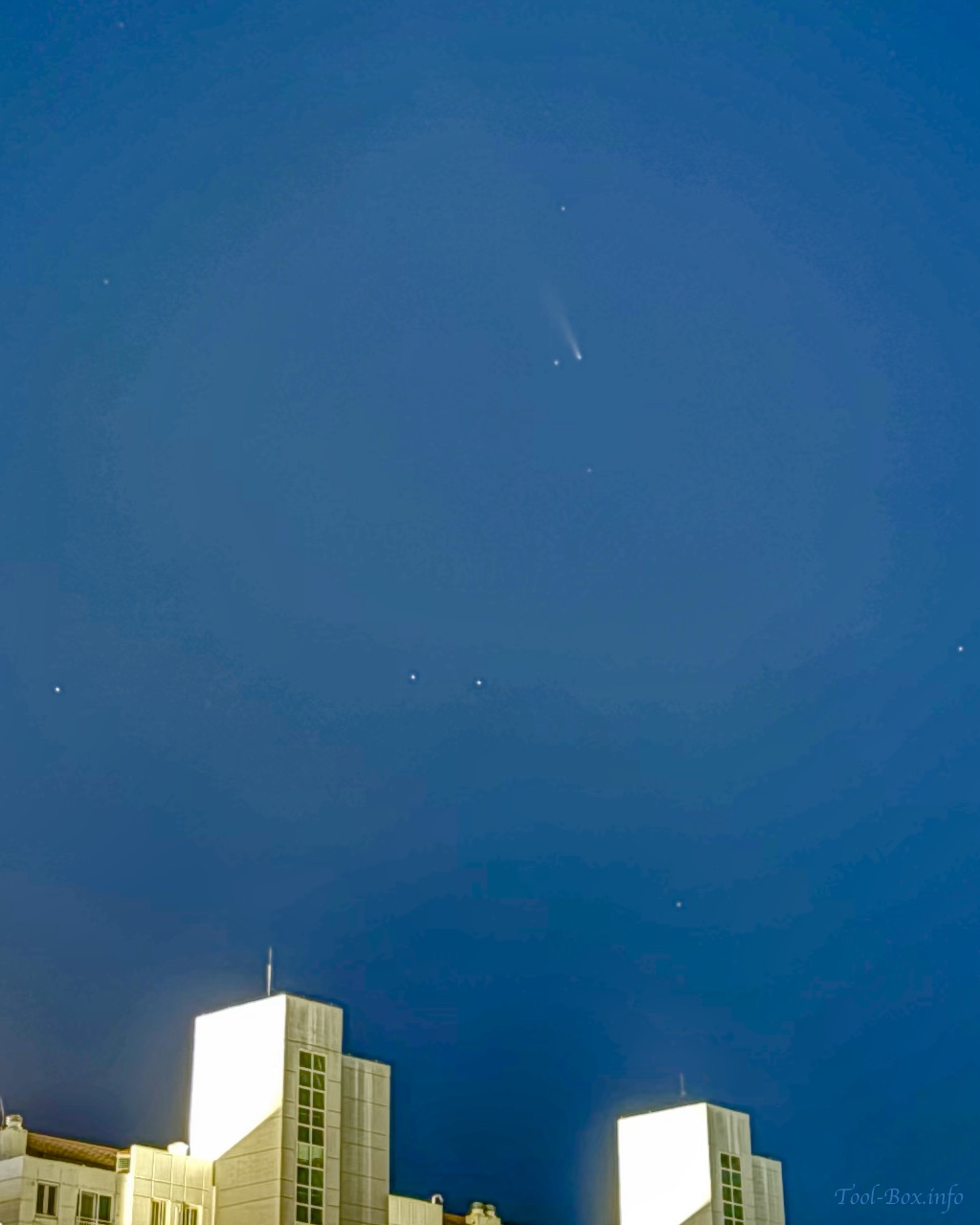
While many comets pass near the Earth every year, most of them don't get bright enough to be easily observable. The Tsuchinshan-Atlas (C/2023 A3) comet was an exception, and it was apparently bright enough to be spotted with naked eye in early October. But during that time the weather was either cloudy or rainy where I live, so nearly missed out on personally observing it.
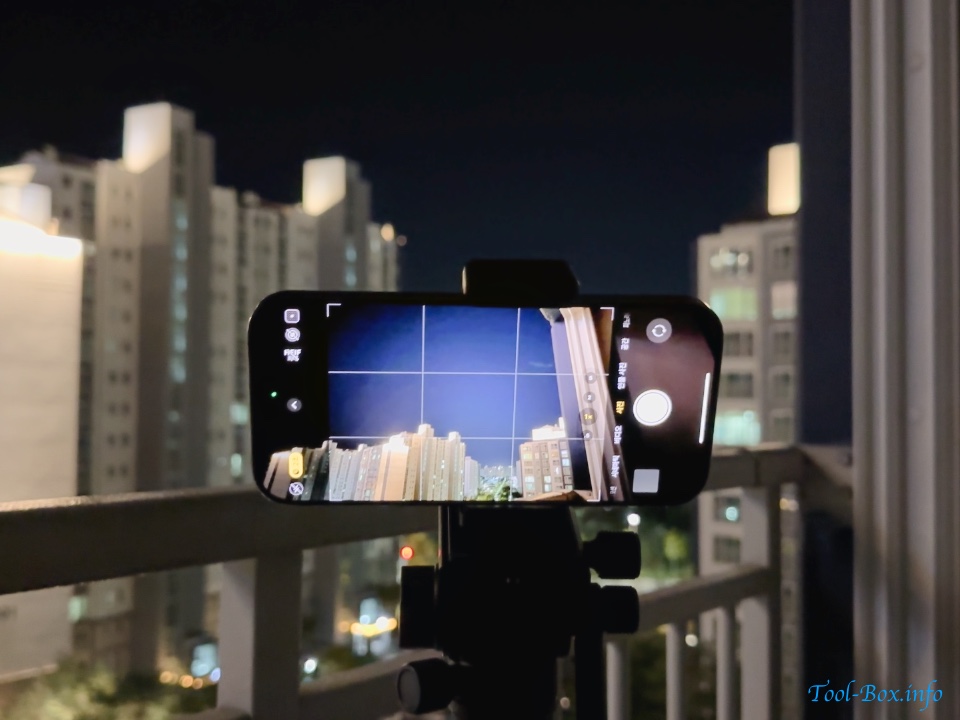
Thankfully, patience and readiness paid off, and when the skies were cleared up for a few hours during the evening yesterday I got my iPhone 16 Pro out to take photos of the comet from the balcony. The best example of the observation is what you're seeing in the first photo.
Although the comet was no longer visible to the naked eye and there was plenty of light pollution from the city, the camera on the phone was still able to capture the comet with an 8-second exposure under Dark Mode. Marfik (Lambda Ophiuchi), a 3.8-magnitude star is right next to it, and the 4.3-magnitude Sigma Ophiuchi is below it, so you can gauge that the comet was at least as bright as a 3-magnitude star at the time. This is in line with my previous observations where the iPhone's wide-angle lens was good enough to capture a star as dim as magnitude 5.
Device: iPhone 16 Pro
Settings: 24mm equiv. - ISO 800 - 8s - f/1.78
Time: 2024-10-20 18:56 KST
Location: Naju, Korea


